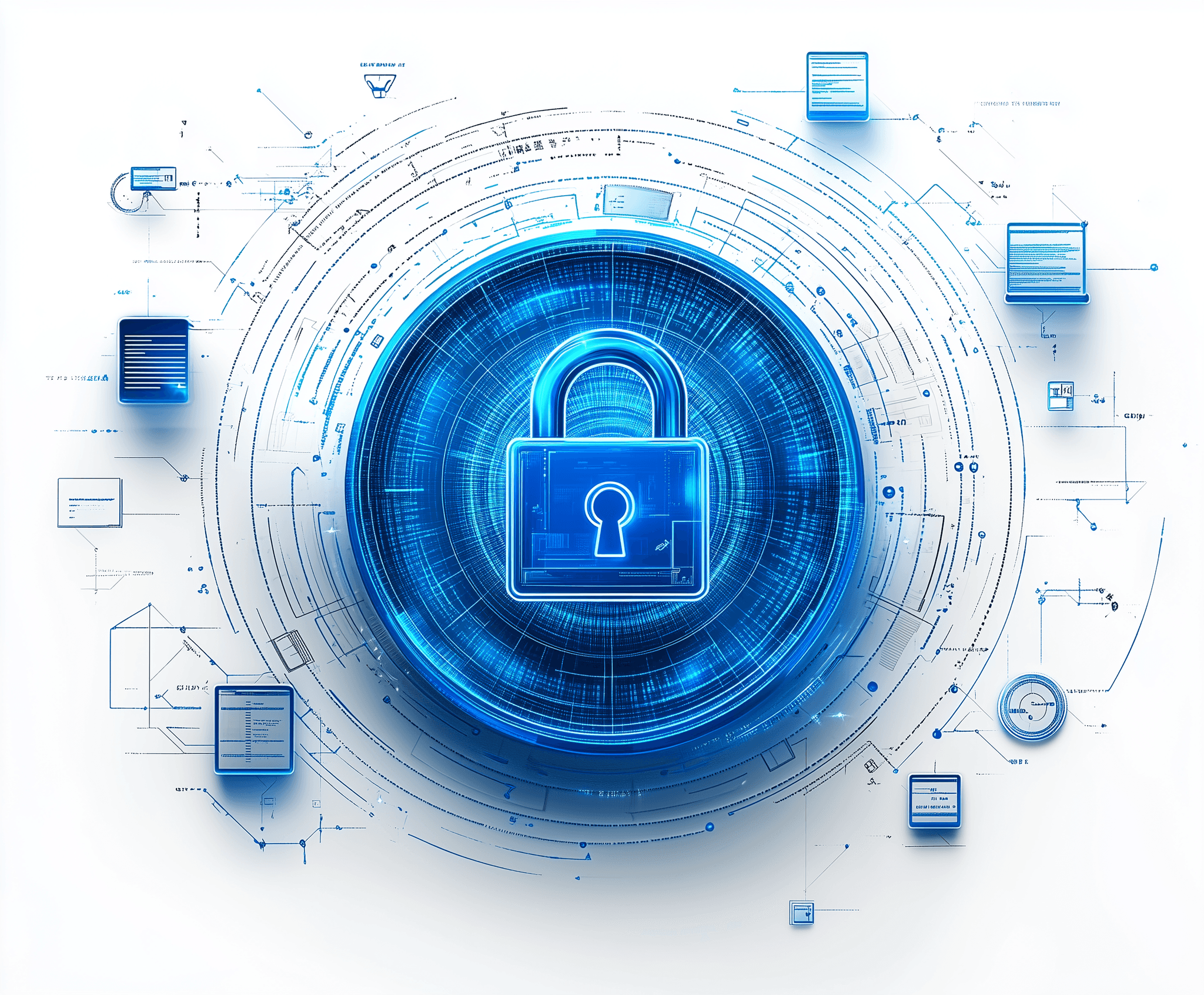No data breach. No reportable event.
of organizations have experienced a ransomware, incident or threat within the last year
The Gaps in Perimeter Security
No matter how advanced your perimeter defenses are, it is clear that attackers can always find a way in (CryptoLocker, WannaCry, NotPetya, Ryuk, Conti, and Maze). Your disk encryption and in-transit encryption will not protect you against a network breach that results in a ransomware attack.
But if you encrypt at the file level, your sensitive files remain secure so a network breach does not turn into a data breach.
Ineffective Encryption
Standard disk-level and in-transit encryption do not protect data once attackers breach the network perimeter. Without file-level encryption, an initial network breach inevitably escalates into a catastrophic ransomware incident.
Ever Changing Attack Vectors
Credential Theft Goes Undetected
Stolen credentials allow attackers to appear legitimate, bypassing security controls unnoticed. Existing solutions rarely detect or block ransomware that leverages legitimate access credentials.
Limited Effectiveness of EDR and XDR
Endpoint (EDR) and Extended Detection & Response (XDR) solutions typically detect ransomware only after files have already been compromised. By the time these tools respond, critical files have often already been stolen.
DLP Solutions Cause Business Friction
Traditional Data Loss Prevention (DLP) solutions rely on restrictive policy-based controls that impede user productivity and collaboration. Yet, despite the friction they cause, these solutions rarely prevent unauthorized file theft from ransomware attacks because the files are still vulnerable.
Data Backup and Redundancy isn't proactive
Backup solutions offer recovery after attacks but don’t prevent attackers from encrypting and exfiltrating sensitive data. Without proactive file-level protection, ransomware attacks still lead to significant downtime, data loss, and compliance violations.
How FenixPyre's File-Centric Security
Mitigates Ransomware
Persistent Protection with Zero Trust Principles
Unlike perimeter-based security, file-centric security follows a Zero Trust model, ensuring that even if an attacker gains access to a system, they cannot automatically access sensitive files without explicit authentication and authorization.
Granular Access Controls and Policy Enforcement
Applies dynamic, role-based, or location-based access controls, restricting ransomware's ability to encrypt critical files. Organizations can define precisely who accesses files, when, and from where, significantly reducing exposure.
Preventing Unauthorized Encryption (Double Encryption Attack Prevention)
Strong, file-level encryption makes files unreadable and unmodifiable, preventing ransomware from effectively re-encrypting data. Since files are already securely encrypted, attackers gain no leverage by attempting further encryption.
File-Centric Auditing and Real-Time Threat Detection
Monitors and alerts on suspicious file activity, enabling proactive responses that quarantine threats before widespread damage. Automated alerts trigger immediate actions, significantly reducing response time.
Resilience Against Data Exfiltration
Even if an attacker exfiltrates the data, stolen files remain encrypted and useless without the proper decryption keys. Advanced solutions allow organizations to revoke access remotely, rendering exfiltrated files unreadable.
Integration with Endpoint Security & Backup Solutions
File-Centric security adds an additional layer of security to Endpoint detection and response (EDR) or backup solutions by ensuring that files remain protected regardless of endpoint security failures.
Secure Collaboration Without Risk of Data Exposure
Maintains file protection even during sharing, limiting attackers' lateral movement by strictly managing file access and permissions. Information Rights Management (IRM) ensures files remain secure regardless of how widely they're shared.
File-Level Encryption Reduces Regulatory Risk
Many data protection regulations, including GDPR, HIPAA, and PCI DSS, require a base level of encryption at rest and in transit (disk encryption or TLS) for sensitive data. But as we have all seen, these levels of encryption are not enough to avoid a data breach and costly remediations, legal actions and severe impact to a company’s brand.
With FenixPyre’s File-Centric Security, even if ransomware infiltrates your system, stolen files remain encrypted and inaccessible—eliminating the need for breach reporting, ensuring compliance, and reducing regulatory risk.





